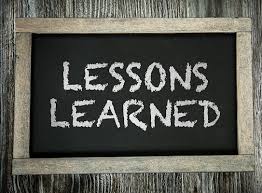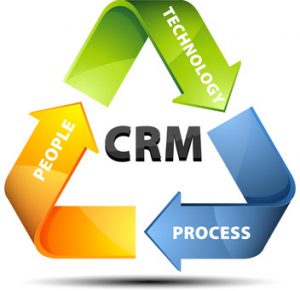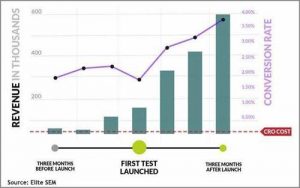— August 28, 2017

niekverlaan / Pixabay
You have an idea for a startup, you’ve put together a team and now you want to find an investment. Your idea is important but your potential investors will probably be even more interested in figuring out whether or not you’re aware of who exactly your competition is. An investor under the impression that you don’t understand who your competition is, or worse – aware of a competitor that you’re not aware of, won’t take you seriously.
This post will teach you how to find your competitor landscape, why you need to and why people are afraid to talk about their competitors.
Why you need to find out who your competitors are?
In short – it will give you the upper hand over them. To compete – and win – versus anybody, you first need to know exactly what you are up against. The first benefit of knowing who your competitors are, is understanding your competitive advantage. What differentiates you from your competition? What are you doing differently and/or better than the rest of them? Knowing this helps your potential investors get a clear picture of your strengths, and/or weaknesses that need eliminating.
The second benefit is closely tied to the first one – it helps you and your investors understand your competitors’ weaknesses. Is there something they are doing poorly which you could be doing better yourself? Learning from their mistakes will help you increase the gap between you even further.
Then, there is learning from all the good things they are doing. Is there a way to use this intelligence to improve your product, or services? Can their practices give your customer support a welcome nudge? Do your investors see how you can improve and grow over time?
Understanding how your competition operates, how they engage with clients, which business models and pricing they are using, as well as the mistakes they are making, is a great brainstorming tool which can help you come up with new and innovative ideas. You wouldn’t be the first one to use such intel to come up with a great new tool that’s solving a real pain point in today’s society.
And finally, knowing your competitors helps you get a clearer bird-eye view of your entire industry. How much funding are they getting? Is the funding going down just a couple of big-game start-ups, or is it spread across the industry? Is the funding growing, or shrinking? All of this can help you determine the strength of the industry and that, in turn, can speak volumes of the demand, helping you position yourself better when it comes to discussing investments.
These are some of the biggest advantages of having detailed knowledge of your competition, and something that is not optional if you are really serious about succeeding with your start-up. So, how do you do it?
How to find your competitor landscape?
There are four main ways to map your competitor landscape:
- Look for products solving similar problems as your own
- Look for funding on CrunchBase
- Analyze marketing efforts via SimilarWeb or Google
- Do some heavy review reading
So the first step is to find products that are similar to your own and that solve the same problems as your product does. This is an important first step as it helps you count how many companies you’re up against. You can see where they’re located, how many employees they have on average, how old they are, and how big of a market they cover.
Determine who the big players in the industry are, and analyze their business models. Pay attention to their user interface and user experience. Is there anything they’re doing differently than you, or similarly to you? If you find something within the UX/UI world that works – mimic it. There’s no need to reinvent the wheel.
Once you map out all your potential competitors, the next step is to see how much funding they’re getting. Luckily for everyone, Crunchbase is here to save the day. This site is going to be your new best friend. Learn when they were founded, how many venture capitalists invested in them, and with how much funds they’re currently operating. This will also help you determine who the ‘big players’ are in the game.
Another important step is to see how they’re marketing themselves. You can have the best product in the world that will be worth jack squat if nobody knows about it. So, say hi to your second best friend – SimilarWeb. Use this site to understand how your competitors are generating traffic. Is there anything you are not doing at the moment? Is it working for them and can you use it too?
Also, don’t forget Alexa and the Google keyword research tool – these are important sites that will help you find keywords you can rank for with your own marketing efforts. Last, but definitely not least – make sure you read up reviews of your competition online. There are literally hundreds (if not thousands) of customer reviews from your competition. Having a product that’s driven by the market is an awesome approach, bound to make a difference. That is most easily achieved by understanding what your competition’s customers like, and what they dislike. Obviously, once you hit the market, you’ll be getting reviews of your own, so make sure you don’t neglect them. It is a time-consuming endeavor, but one that is definitely worth the effort.
Closing comments
Those looking to draw in investments need to pay really close attention to their competition, because that is definitely something investors will want to know. You need to have a better product than what your competition is building. You need to understand other competitors’ business models, their executions, pricings, and most importantly – investments. Having less intel than your potential investors means they will probably perceive you as frivolous, not really committed. Luckily enough, with the strength of the internet and some time invested, you can easily map out your competitor landscape.
Business & Finance Articles on Business 2 Community
(66)







